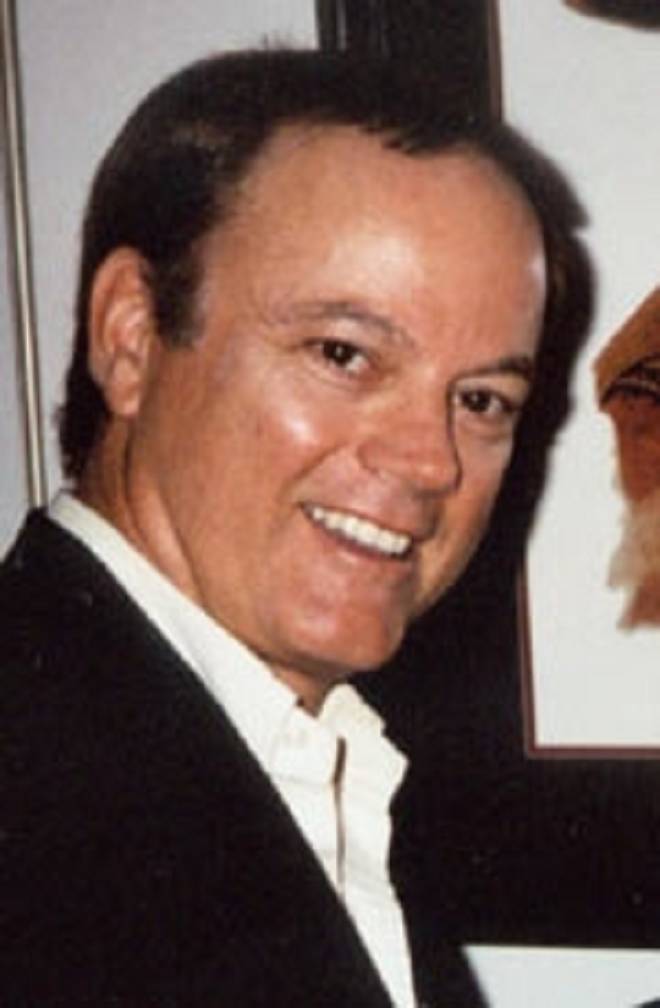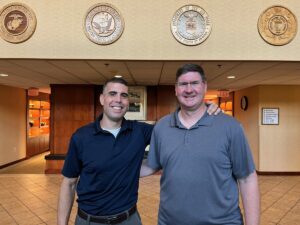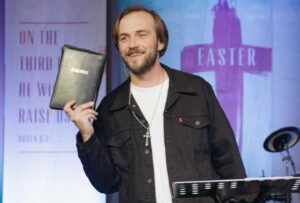
KANSAS CITY, Kan. (BP)–It’s here. The second film in “The Chronicles of Narnia” series, “Prince Caspian” (PG) hits theaters this weekend. It’s bigger, and some say better, than the first installment. But with the amount of violence, is it suitable for family viewing? The answer: yes and maybe.
Co-writer/director Andrew Adamson (who helmed the first installment, as well as “Shrek” and “Shrek 2”) has constructed a well-told good-vs.-evil parable that is enhanced — but not overshadowed — by computer-generated effects. The atmosphere and look of the production are reminiscent of the magic that good old Walt himself brought to his best screen stories. Indeed, there’s an optimism hovering around every allusion the adolescent leads face.
But there is a warning that accompanies my appreciation of the film. C.S. Lewis’ book tells of warfare, with the leads swinging swords and flinging arrows with all the august of Robin Hood and his merry men. It’s one thing reading about such tumult, but quite another viewing battles in graphic and lengthy detail. There’s no escaping the fact — Caspian is fueled by combative action stem to stern.
Recently I interviewed the cast and creative crew about the production and was impressed with the intelligence of the young actors and with the sincerity of the film’s writers and director. I questioned director Andrew Adamson about the abundance of fighting in the film.
BOATWRIGHT: “The first film was more character-driven, while this one seems more action-orientated. Will that be the trend for the remaining films?”
ADAMSON: “I think you always try to incorporate both, but I think in both cases the films were driven by the original stories. This book was more of a boy’s book, centered around the young prince and battles. From the time Caspian escapes the castle in the book, he’s then fighting the rest of the time. So the story is centered around the action.”
BOATWRIGHT: “Do you think today’s audiences are more accepting of the constant visceral action?”
ADAMSON: “There were things I took out after seeing it with a test audience, thinking maybe this has gone too far. So there were things I toned back. In some cases it’s the duration of the intensity. I think children like to be scared, they like being on the edge of their seat, as long as you let them off at some point. I think if you keep it going too long, at a certain intensity, then it can become traumatizing. It’s a balancing act. You want them on the edge of their seat. You just don’t want them feeling beaten up by the end.”
Prince Caspian is the second of Lewis’ seven-book Chronicles of Narnia series. Published between 1950 and 1956, Lewis’ books have sold more than 100 million copies in more than 35 languages.
In this episode, the Pevensie children have left and Narnia has been conquered by the Telmarines and is now ruled by the evil King Miraz. Narnia’s rightful heir to the throne, the young Prince Caspian, has been forced into hiding as his uncle Miraz plots to kill him in order to place his own newborn son on the throne. Times are so desperate that the Pevensies are once again summoned to aid their beloved fantasy kingdom. But when they return, they discover that they themselves have much to learn.
While this sequel is more action-driven than the first, character development has by no means been abandoned. Between the battles, the Christ-like symbolism found in the pivotal character Aslan and the meaning of God’s seeming silence at times in our lives is transparent and poignant.
William Moseley stars as Peter, the eldest of the Pevensie siblings. When asked by one of my colleagues at the press junket how the family has evolved and what they learned, Moseley said, “I think both he and Lucy have learned a lesson in humility. They’ve learned that it’s about serving other people and about serving someone other than yourself. Peter had to learn that lesson and reinstate his trust in Aslan.”
Twelve-year-old Georgie Henley (Lucy) added, “In the last film, I was sweet little Lucy, and now I’m a bit more actiony, which was quite fun. Also, she sees Aslan before her siblings do, which I think shows Lucy’s trust in Aslan more than the others.”
Moseley added, “Aslan represents God. People say every day, ‘Well, why can’t I see God?’ But they can’t see because they don’t believe. When Peter finally sees Aslan it’s because he’s opened himself up. You believe and then you see.”
Co-writer Christopher Markus was asked why Lucy sees Aslan and the other children don’t.
“That’s a question of faith,” Markus said. “In my discussions with Doug Gresham [C.S. Lewis’ stepson], I learned that for Lewis this book was about what happens to people when they lose faith. You lose sight of where you’re going when you don’t keep Aslan in your windshield mirror, but just in your rearview mirror.”
As for the violence? I would hesitate to bring children under 10 years of age. Little ones view imagery differently than grown-ups; it’s difficult for them to tell what’s real and what isn’t. That said, for older children and their parents, this is an action-packed, fun and spiritually rewarding addition to the film series.
–30–
Phil Boatwright reviews films from a Christian perspective on previewonline.org, where his complete review of the film can be read.















